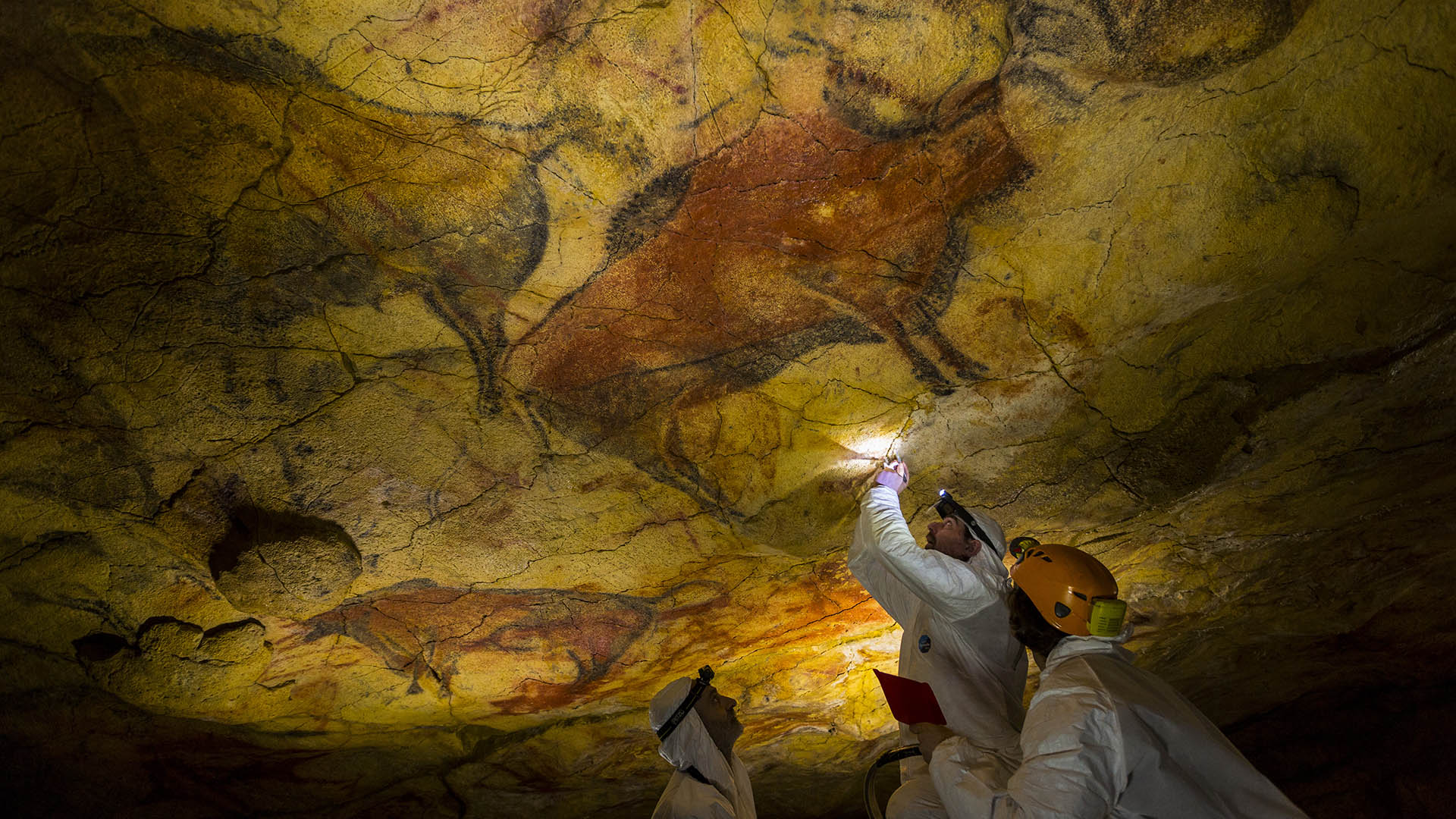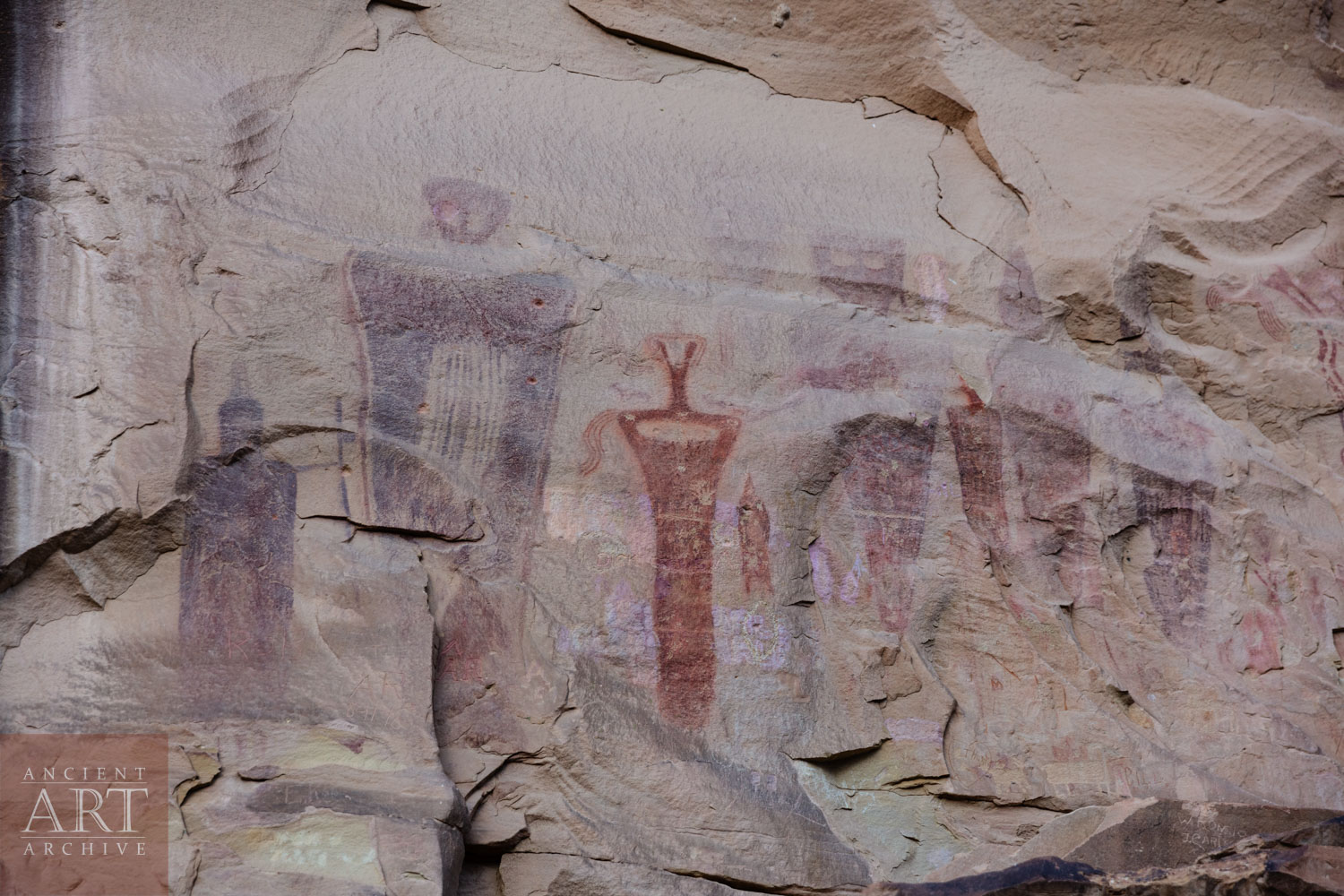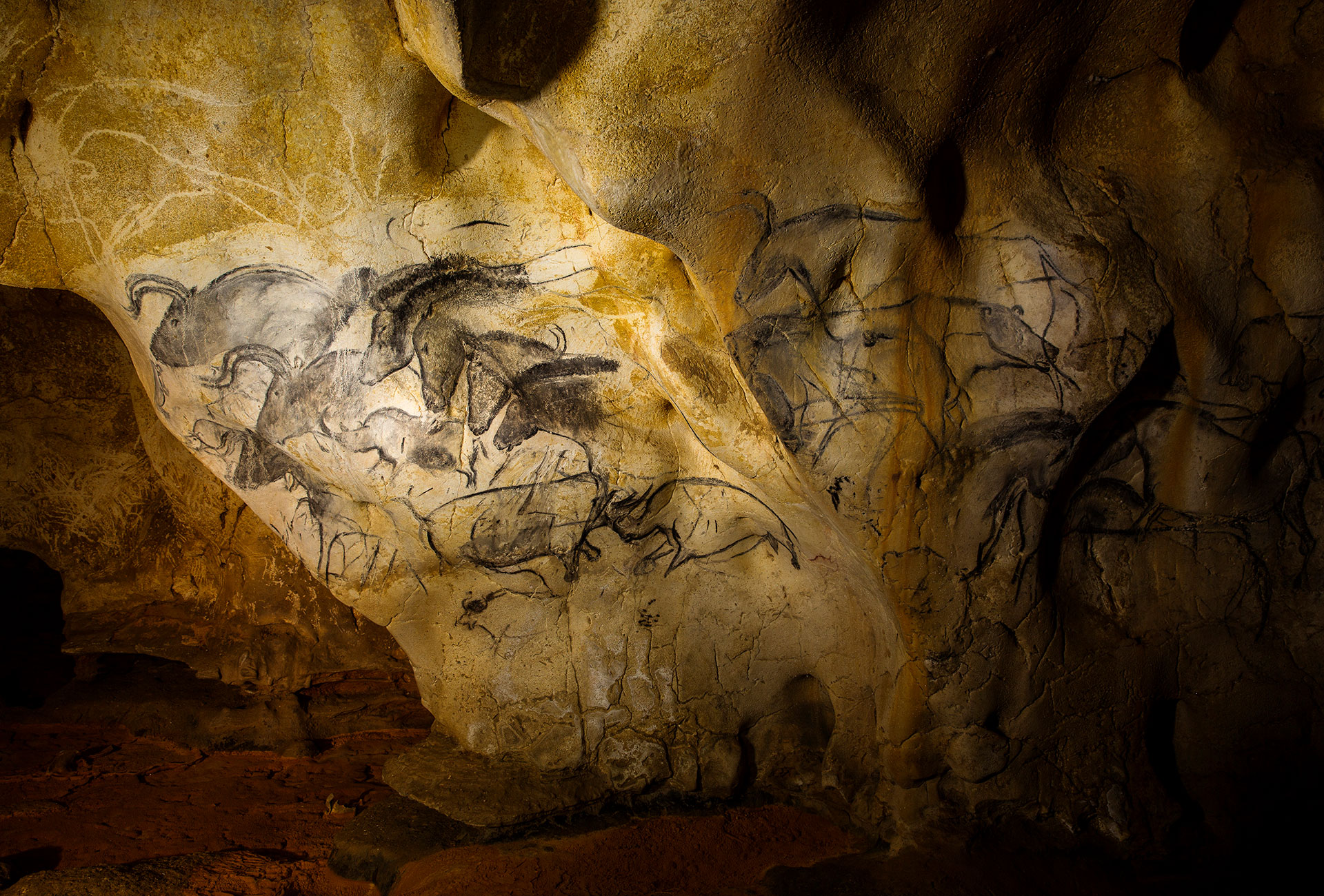Spain’s Altamira Cave is known for some of the most pristine examples of Paleolithic cave paintings, pictographs, and petroglyphs. The bulls painted on the ceiling are at least 14,000 years old, and with new dating techniques, archaeologists have determined that painting first started in this chamber more than 34,000 years ago.
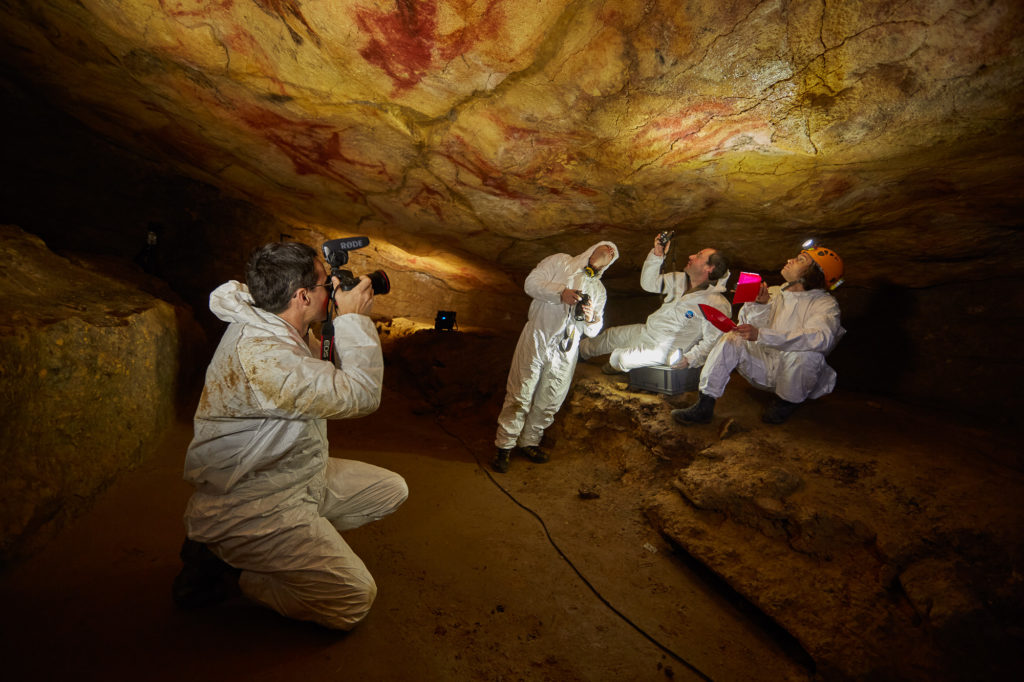
While there is no scientific agreement on the pictographs exact dates it seems clear that the painting in Altamira occurred over more than 20,000 years. Put another way, we are closer in age to the last Altamira artists than those artists are to the first painters of the cave. The time scale of ancient art is sometimes mind-bending.
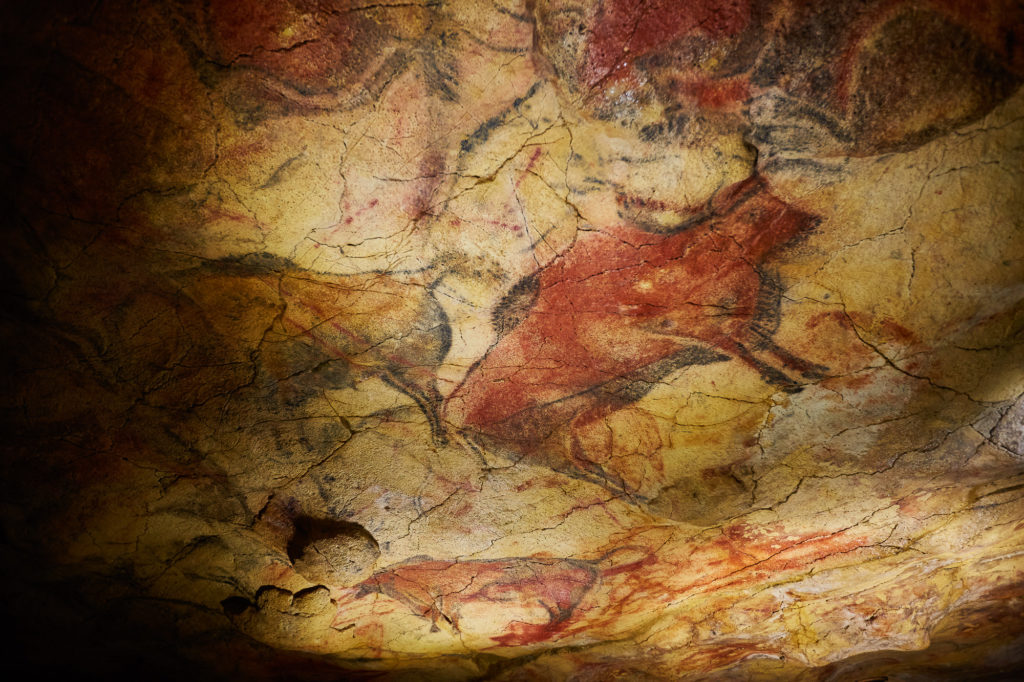
Amateur archaeologist Marcelino Sanz de Sautuola first excavated the cave in 1879. He dug int the floor to look for evidence of prehistoric occupation. It was his daughter Maria who thought to look up—and she became the first modern European to gaze on Paleolithic paintings. It must have been overwhelming to see those pictographs for the first time.
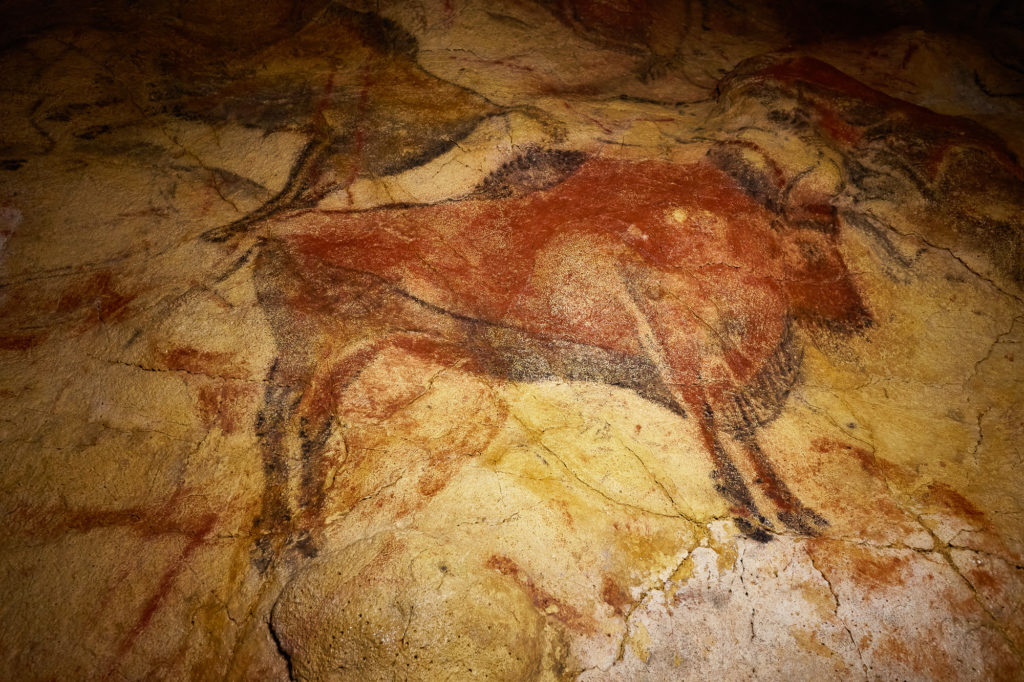
The cave paintings Sanz de Sautuolas’ found were initially dismissed as forgeries. Archeologists at the time could not conceive that paleolithic people were sophisticated enough to produce works such as these. It was only at the end of the 19th century and a dozen years after Marcelino’s death that the world came to accept the paintings in Altamira for the masterworks of prehistoric art that they are.
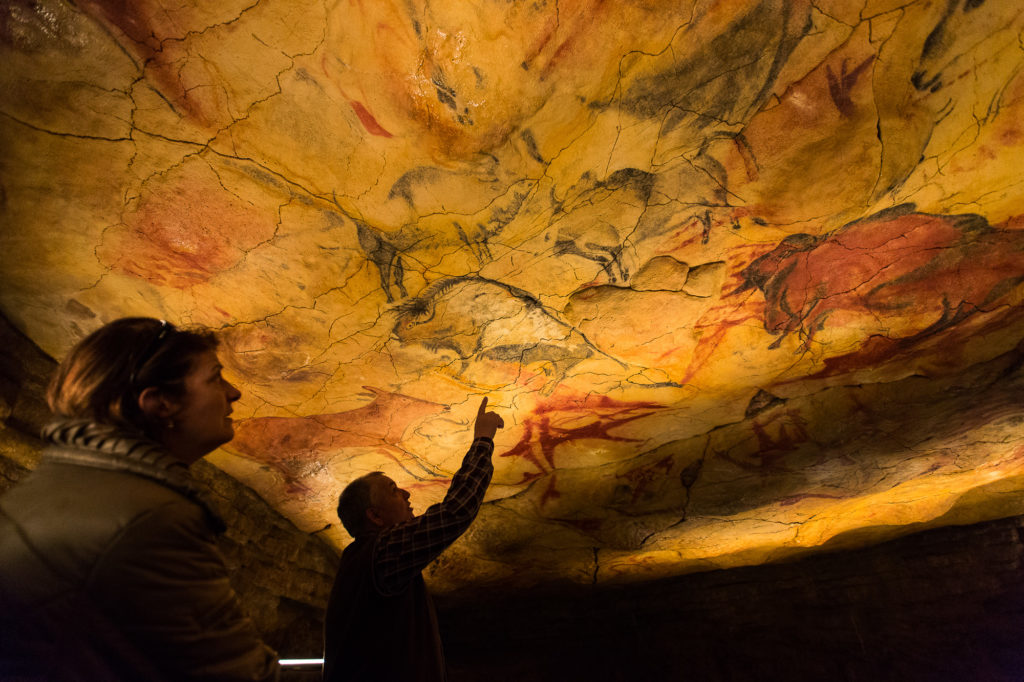
An onsite reproduction of Altamira is open to the public. The reproduction is a faithful copy of the original cave as it would have appeared when the cave was in use in the Paleolithic, and it is every bit as astounding as the original. For those who cannot travel to Spain we have made a 3D reproduction of the Altamira ceiling.
Recourses:
